Agriculture has undergone significant changes in recent years, with a growing interest in sustainable and environmentally friendly farming practices. Organic and regenerative farming are two approaches that prioritize natural and biological processes to produce food, fiber, and other products. While they share some similarities, there are also key differences between the two methods. Let's explore the differences between organic and regenerative farming.
While both organic and regenerative farming prioritize soil health, regenerative farming takes a more proactive approach to building soil health by emphasizing practices such as minimal tillage, cover cropping, and the use of compost and other organic matter to improve soil structure and fertility. Organic farming, on the other hand, tends to focus more on avoiding synthetic inputs that can harm soil health.
Regenerative farming emphasizes increasing biodiversity by promoting the use of cover crops, crop rotations, and other practices that promote habitat for beneficial insects, birds, and other wildlife. Organic farming also supports biodiversity but may not be as proactive in promoting it as regenerative farming.
Regenerative farming takes a more comprehensive approach to promoting ecosystem function by focusing on soil health, biodiversity, and other factors that support ecosystem health. Organic farming may not be as focused on promoting ecosystem function as regenerative farming.
Both organic and regenerative farming offer alternative methods for producing food, fiber, and other products that are more sustainable and environmentally friendly. While both methods prioritize natural and biological processes, regenerative farming takes a more holistic approach that prioritizes building healthy agroecosystems through soil health, biodiversity, and ecosystem function. Ultimately, the choice between organic and regenerative farming will depend on a farmer's goals, resources, and specific agricultural context. By understanding the differences between the two methods, consumers can make informed decisions about the food and products they buy and support agricultural practices that align with their values.

